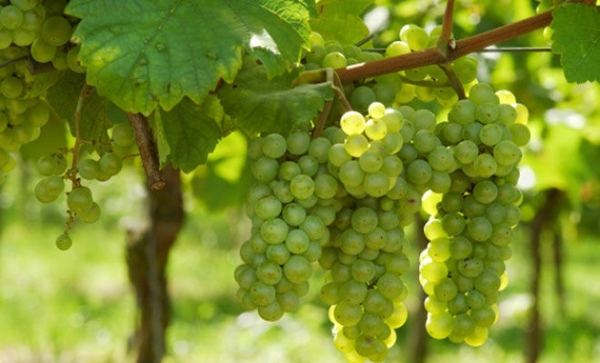
[아츠앤컬쳐] 크로아티아 와인의 두 번째 여정도 중부 유럽과 남부 유럽, 아드리아해와 벨레빗 산맥 사이에 위치한 이 나라의 오랜 전통을 가진 화이트와인에 관한 것이다.
지난호에서 수세기 동안 크로아티아에 살았던 다양한 민족에 관해 이야기하면서 고대부터 일리리아인, 그리스인 그리고 로마인들이 어떻게 이곳에서 포도주를 재배하고 와인을 생산해 왔는지를 다루고, 7~9세기에 크로아티아인들이 오늘날의 달마티아에 정착하고 로마인들에게서 포도 재배법을 물려받아 와인을 만들기 시작했을 무렵까지 알아보았다.
중세 1214년에 제정된 코르출라 섬의 법령, 즉 포도원과 오늘날까지도 여전히 유명한 두 크로아티아 화이트와인을 보호하는 법은 매우 엄격했다.

첫 번째 와인은 Grk로, 코르출라 섬 동쪽 룸바르다 지역에서 생산되며 빛나는 황금색을 가진 드라이 화이트와인이다. 크로아티아어로 ‘쓴’ 맛을 의미하지만 이 와인은 향기롭고 멜론, 배, 허브와 소나무 향을 품고 있다. Grk는 해산물, 생선, 리조또, 흰 살코기와 어울리지만, 스테이크와도 좋은 짜임새를 이룬다. 또한, 식전주로도 좋고 12~13℃에 차갑게 마셔야 한다.
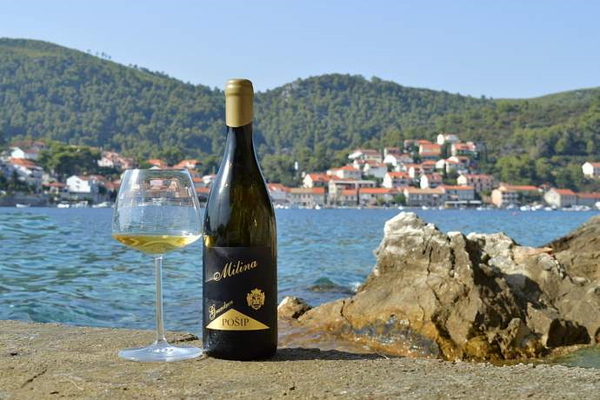
또 다른 유명한 화이트와인은 코르출라의 포시프와인이다. 이 와인은 원래 섬 중앙의 차라와 스모크비차 지역에서 나는데, 지금은 펠예샤츠반도, 흐바르와 브라치 섬 같은 달마티아의 다른 지역에도 널리 퍼져 있다. 포시프와인은 사과, 감귤류 과일, 바닐라와 아몬드의 과일 향이 나는 황금색 드라이 와인이다. 생선구이, 조개류, 해산물, 흰 살코기, 숙성된 치즈와 잘 어울리며 12~13℃로 차갑게 드는 것이 가장 좋다.

지금은 아름다운 달마티아를 떠나 있지만, 그곳으로 돌아간다면 훌륭한 레드와인을 발견하게 될 것이다. 그라셰비나를 반드시 언급할 수밖에 없는 크로아티아 내륙으로 이동하자. 이 와인은 재배되는 포도 품종으로 만든 화이트와인인데, 중부 유럽 전역에 독일 이름 Welschriesling으로 알려져 있다. 그라셰비나는 크로아티아에서 가장 많이 재배되는 포도로 전국에서 볼 수 있지만, 그 중 최상의 빈티지와인은 내륙의 작은 마을인 쿠체보, 미트로바스와 벤예의 포도원에서 나오며, 사과, 복숭아, 꽃 향이 살짝 나는 미디엄 바디 와인이다.
그라셰비나와인도 생선이나 해산물과 짝을 이룬다, 그러나 크로아티아에는 이 와인은 어떤 식사에도 다 적합하다고 말하는 사람들이 있다.
Croatia White wines II
The second part of our journey through Croatian wines is still about the white wines of this country which, located between central and south Europe, the Adriatic Sea and the Velebit range mountain, has a very ancient wine tradition.
Telling about the various peoples who have lived in today’s Croatia over the centuries, we have seen how first the Illyrians, then the Greeks and the Romans have grown vines and produced wines there since ancient times.
We stopped the story between the VII and the IX centuries AD when the Croats have settled in the present-day Dalmatia, inherited the viticulture knowledge from the Romans and began to make wine.
During the Middle Ages a statute of the island of Korčula in 1214 contained strict laws protecting the vineyards and, still nowadays, two renowned Croatian white wines come from this island.
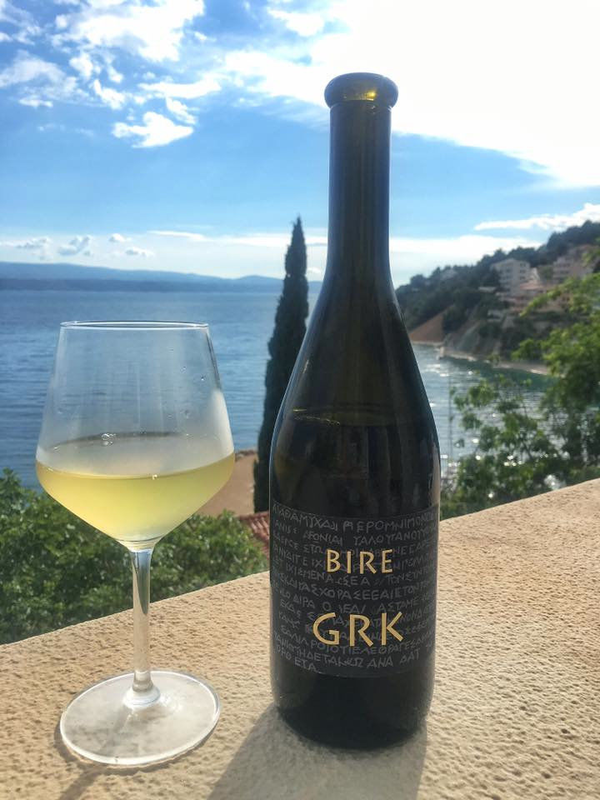
The first one we see is Grk, a dry white wine with a brilliant golden color grown around the village of Lumbarda, in the eastern part of the island of Korčula. Grk means “bitter” in Croatian, but this wine has an aromatic, fruity taste with hints of melon, pear, herbs and pine.
Grk pairs with seafood, fish, risottos and white meat, but due to its good structure, this wine can even be paired with a steak. It is nice also as aperitif and it should be served chilly at 12~13 C.
Pošip is another famous white wine from Korčula. Originally from the area of Čara and Smokvica, in the center of the island, this wine is currently widespread in other parts of Dalmatia as well, such as Pelješac peninsula and the islands of Hvar and Brač.

Pošip is a dry wine with a golden color and a fruity aroma with hints of apples, citrus fruit, vanilla and almond. It goes well with grilled fish, shellfish, seafood, white meat, aged cheeses and is best served chilly at 12~13 C.
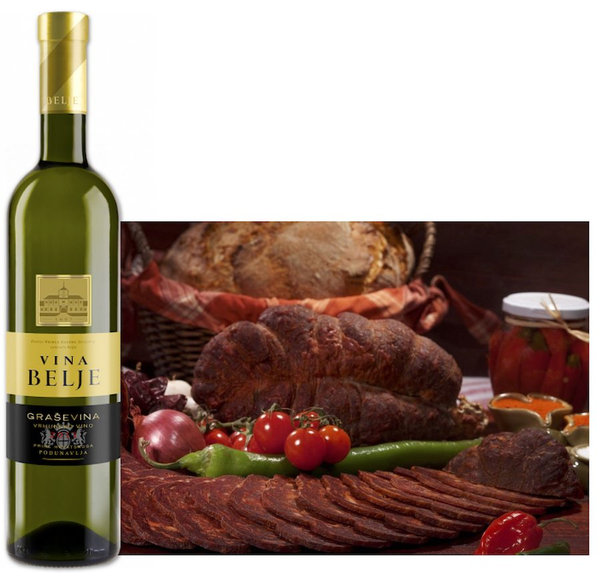
Leaving for now the beautiful Dalmatia, we will return there to discover an excellent red wine, let’s move to the Croatian hinterland where we cannot fail to mention Graševina, which is also a white dry wine made with a grape variety that is grown throughout Central Europe and known by the German name of Welschriesling. Graševina is the most cultivated grape in Croatia and is found all over the country, but the best vintages of this wine come from the vineyards of Kutjevo, Mitrovac and Venje, small inland Croatian towns.
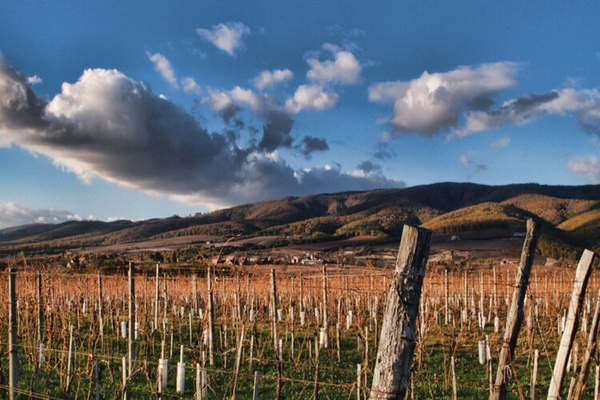
This is a medium-bodied wine with a fruity aroma, with hints of apple, peach and flowers notes. Graševina wine also pairs with fish and seafood, but in Croatia there are those who say that this wine is suitable for any meal.
글 | 에밀리아노 펜니지 Emiliano Pennisi
Sogang University lecturer of Italian language
Wine scholar and expert
He attended sommellier courses in Italy

